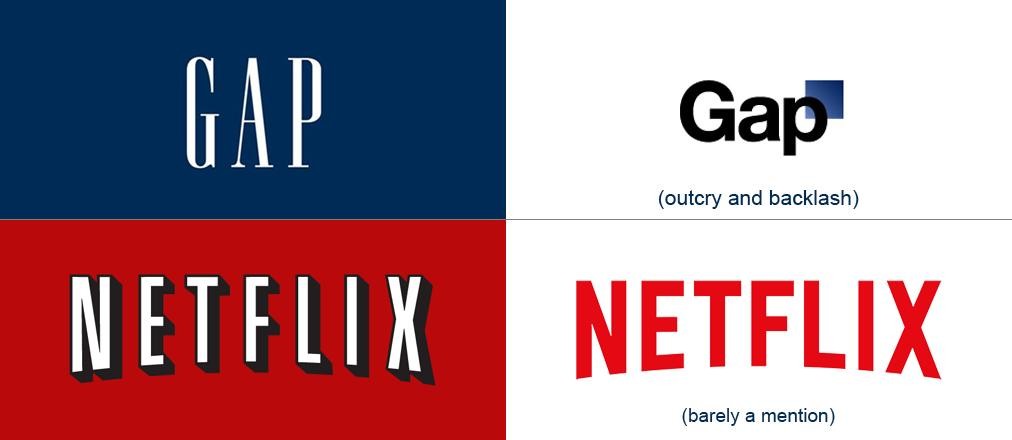
In the fast-paced, ever-shifting world of consumer expectations, brands often find themselves at a crossroads — adapt or fade out. Yet, in the drive to stay relevant, companies sometimes risk alienating the very audience that got them where they are. This delicate balance is at the heart of modernization without alienation, a strategy that lets a brand evolve without betraying its roots.
The High Cost of Disconnection
There are countless examples of brands that tried to modernize too aggressively — only to face backlash. One notorious case is Gap’s 2010 logo redesign, which aimed for a sleeker, more modern aesthetic. Within a week, Gap reverted to its original logo due to overwhelming customer disapproval. The lesson? Change is welcome, but not at the cost of identity.
At its core, modernization without alienation means respecting brand heritage while evolving to meet contemporary tastes, values, and platforms.
Heritage with a Twist: Brands Doing It Right
1. Levi’s – Rooted in Denim, Ready for the Future
Few American brands are as iconic as Levi’s. And yet, despite its 150+ year history, Levi’s has managed to stay modern — especially among Gen Z and millennials. The key lies in staying true to its Americana roots, while collaborating with emerging designers, integrating sustainable fashion practices, and engaging heavily on platforms like TikTok.
✅ Brand takeaway: Stay iconic in identity but flexible in format.
2. Dunkin’ – Dropping “Donuts” but Not the Fans
In 2019, Dunkin’ Donuts officially rebranded to Dunkin’, aiming to be seen as more than just a donut shop — they were modernizing into a full-service coffee and beverage brand. While the name got sleeker, the product mix, store ambience, and tone still made it unmistakably Dunkin’.
✅ Brand takeaway: Slim the look, not the love.
Continue reading… (Explore how even legacy tech and luxury brands pull off smart modern transformations.)


